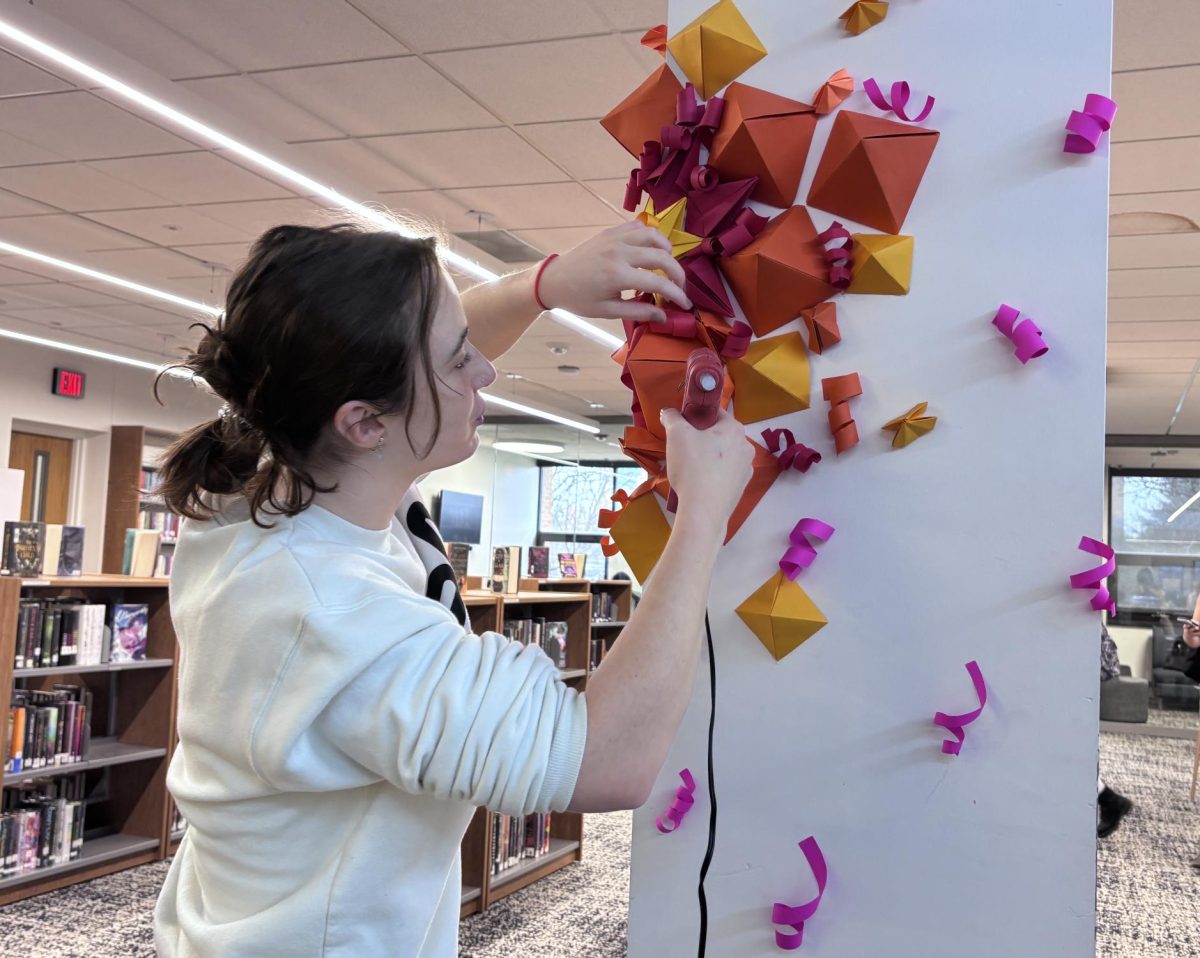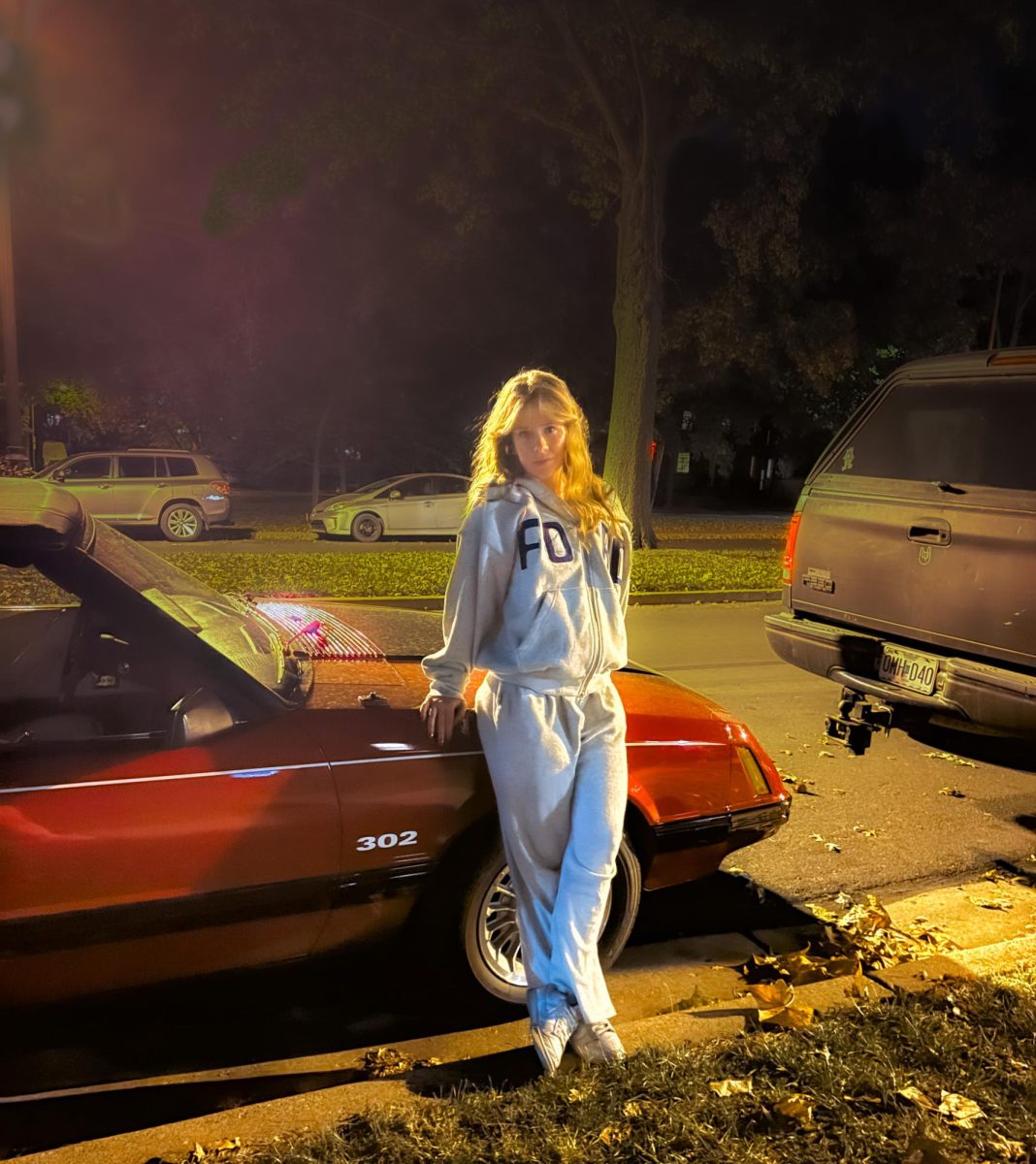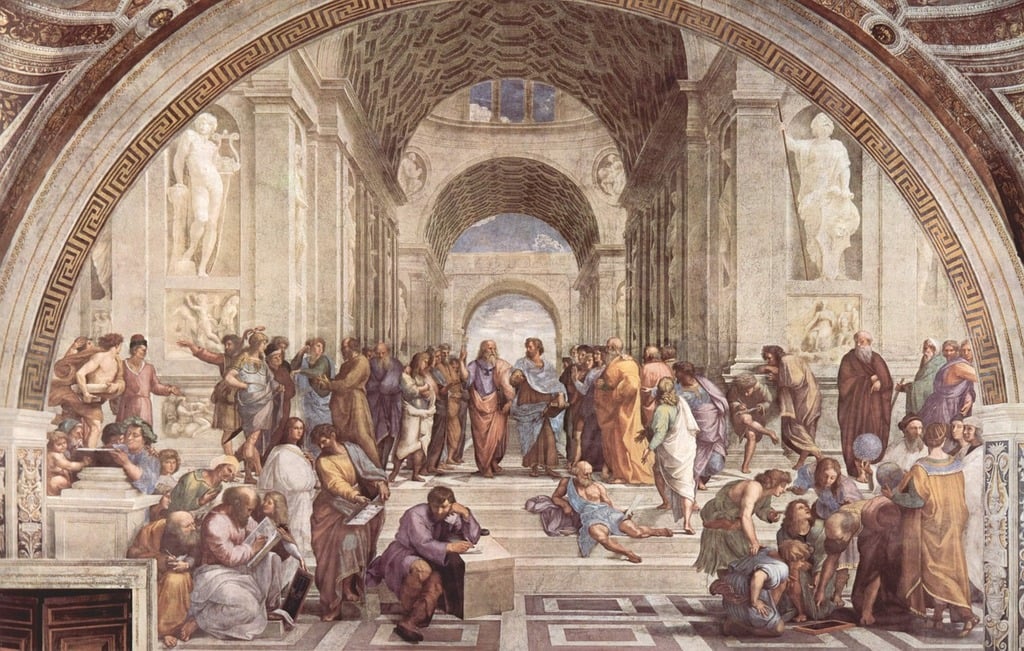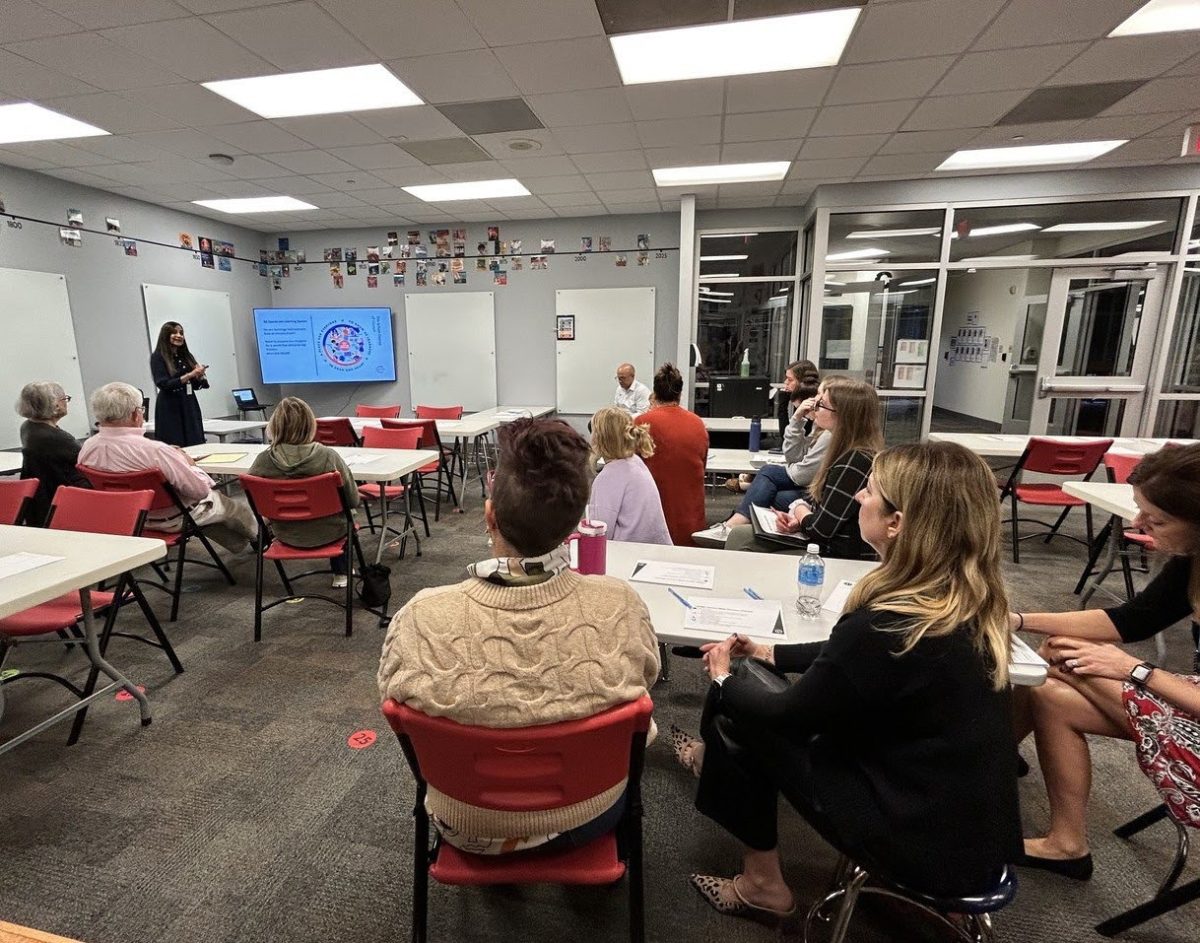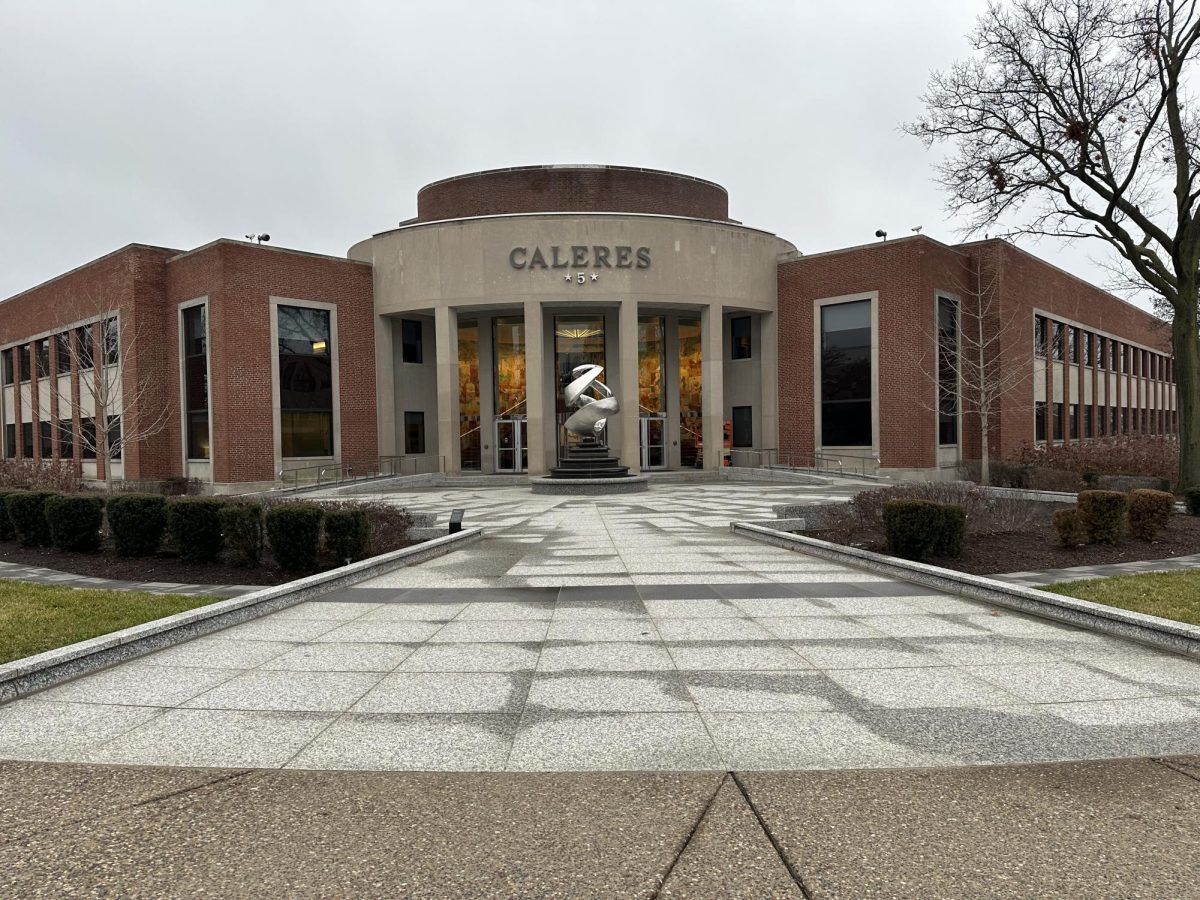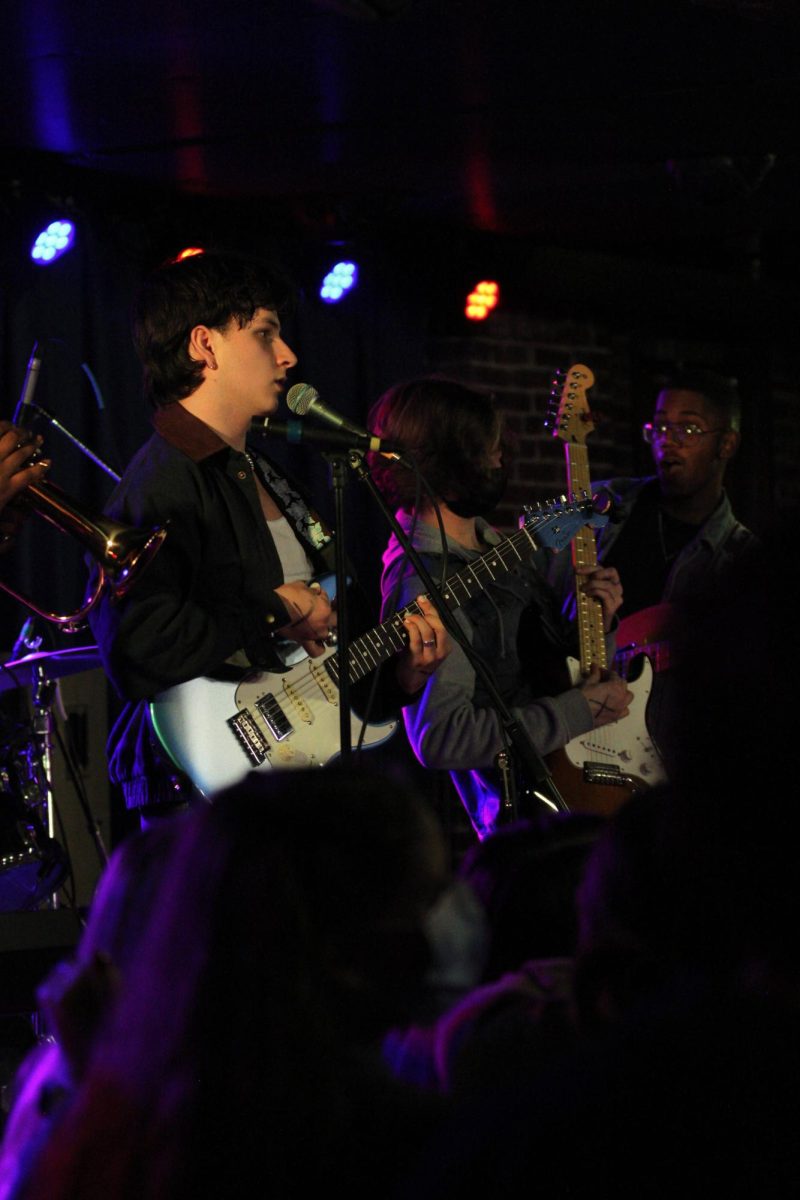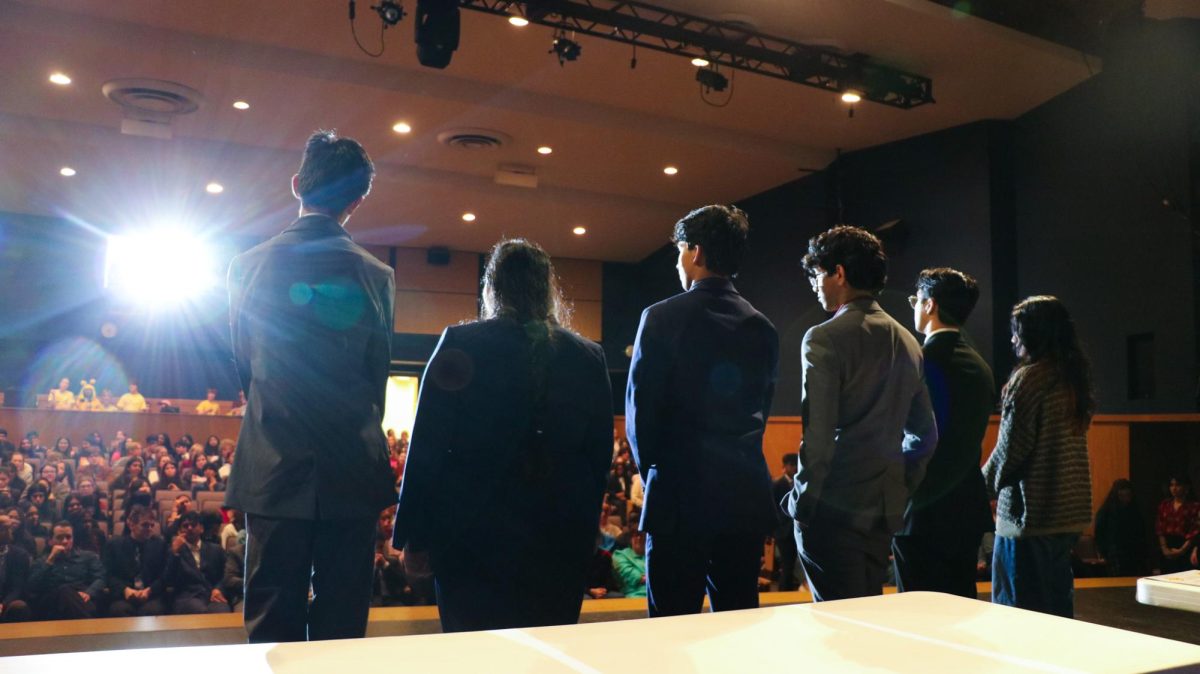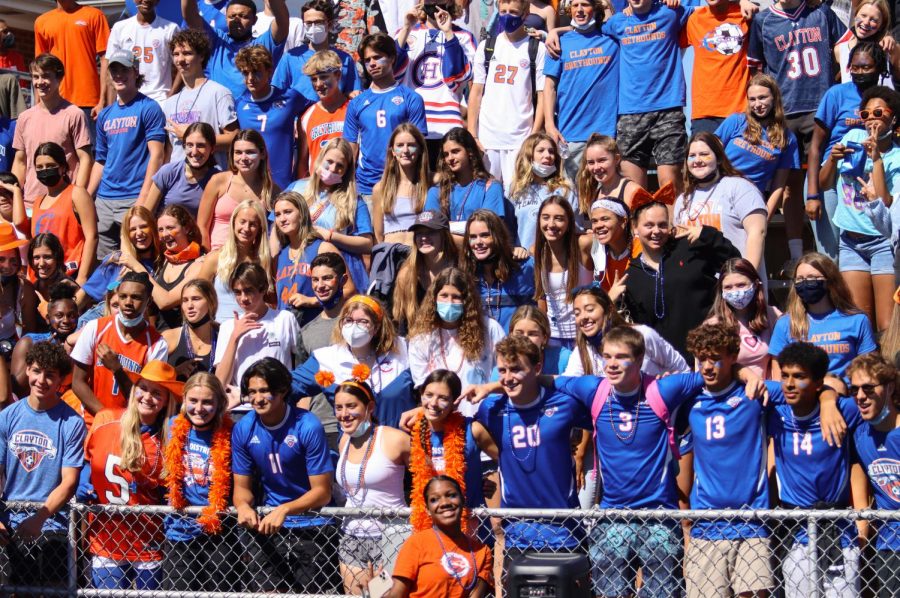By Alex Bernard and Grace Harrison
Four hours a night, five nights a week for nearly three months is what it takes to put on a show of Clayton High School’s caliber. Although the musical opened just a few short weeks ago, “Pippin†has already been hailed as “exceptional,†“fascinating†and “a performance that will forever define how this musical is meant to be performed†by Cappie critics.
The cast of 35, a relatively large cast for a high school production, forfeited their time, energy, and sometimes even their grades to make “Pippin†a success. A story about a young prince looking for his passion in life, “Pippin†was led by Aaron Argyres and Ben Diamond, who played Pippin and the Leading Player, respectively.
![Diamond leads warmups before a performance. [Bebe Engel]](https://chsglobe.com/wp-content/uploads/2014/02/IMG_9621-1024x682.jpg)
Besides being in the cast, CHS students had the opportunity to be involved in the show in several ways. The technical aspects of the show, the music and the costumes were all facilitated by students. Here is a look into the scenic aspects of “Pippin†and the students that made the musical a success.
THE SETS:
With some of the best technical equipment in St. Louis, its no surprise that the mainstage shows exhibit incredible lighting, sets and special effects. The tech crew is a small group of students interested in the behind-the-scenes aspect of the shows and is under the direction of Technical Director David Blake.
However, unlike other CHS performances in the past, “Pippin†did not need extravagant set pieces to enhance the performance. Instead, the technical charm was centered around the lighting in the show.
Sophomore Jayson Lawshee has been involved with tech crew since he was in sixth grade at Wydown Middle School. Lawshee has a particular interest in lighting and was given the opportunity to pursue his passion in “Pippin.â€
“[David Blake] actually let me help him design the lights for “Pippin,†Lawshee said. “Once he finds our talent, he’ll work with us on that.â€
The set pieces, primarily just two staircase and two vertical structures, were also built by the tech crew. On a typical day, each student in tech crew will be given an assignment by Blake in the form of a general design for the set piece.
According to Lawshee, the students are given authority and responsibility in designing and have the power to put their own creativity in the sets. “David will usually say, ‘This is what you’re going to make, go get the materials and do it,’†Lawshee said.
Besides the last two weeks before opening night, being in the tech crew does not require an unreasonable time commitment. Students can stay and help for as long as their schedule allows. Â The work backstage is great experience for aspiring technical directors.
![The tech crew spent long hours working to create the set for "Pippin." [Makenna Martin]](https://chsglobe.com/wp-content/uploads/2014/02/DSCF8621-1024x768.jpg)
Lawshee has found his passion through tech crew and plans to go to college for technical design. Â For him, being involved backstage is as rewarding as being an actor.
“I like working towards one common goal with a bunch of people, and how we all do our part to make this wonderful production,†Lawshee said. “I guess it’s called teamwork.â€
THE MUSIC:
Being involved in the pit orchestra was nearly as extensive as being a performer on stage during the production of “Pippin.â€
This year the pit consisted of 25 CHS students and one conductor, band teacher Robert Nichols. The size of the pit varies year to year. “The amount of students in the pit really all depends on the teachers who decide, because the pit is such a small limited space,†said sophomore Lem Lan, a keyboardist in the production. “But because of this, doing pit pushes players to play more like soloists, since there’s only one to two players for each instrument, and you have to project throughout the whole auditorium.â€
The pit orchestra began rehearsing the beginning of December, and was ready to play with the cast only one month later.
“It seems like a short amount of time for rehearsal, so the orchestra’s success definitely depends a lot on how much the players actually practice,†Lan said.
Although Lan played in last year’s musical, “Thoroughly Modern Millie,†he said that playing in “Pippin†is much different than playing in other musicals.
Unlike more traditional musical productions, “‘Pippin’ focuses a lot more on the rhythm section of the orchestra,†Lan said.
The unique music in “Pippin†presented a difficult task many of the students have never faced before and allowed the students in the pit to grow as musicians. “I’ve learned, as a keyboardist, that you don’t always play [the piano part],†Lan said. “You have to switch to other patches too, like harp or organ or harpsichord. It’s definitely different.â€
Despite the fact that the pit orchestra cannot be seen during the actual production, the safety of being eight feet below the stage did not completely mask the fears of the orchestra.
“I’d be lying if I said I wasn’t nervous,†Lan said. “But a plus in the pit is that people don’t actually see you, so they don’t really know who messes up.â€
Although being in the pit is a difficult job, Lan said that it was also a very worthwhile  experience.
“The most rewarding part is probably at the end of each performance, when you get to hear the audience applauding for the whole production,†Lan said.  “Even though you know that the audience can’t see you and is mainly cheering for the actors, you still feel a sort of rush of adrenaline because you know that as a production as a whole, you all made it and put on a spectacular performance. And that to me is what makes doing pit rewarding.â€
THE COSTUMES:
![Griffin Reed struggles to put on her corset with the help of the costume director. [Makenna Martin]](https://chsglobe.com/wp-content/uploads/2014/02/Funny-Costume-Photo-1024x768.jpg)
For an audience unaccustomed to the capabilities of the Clayton High School theater department, the incredible costumes in “Pippin†stood out as a unique and stunning aspect of the production.
Steampunk, a theme based on a modern Victorian era, was the inspiration for the costumes in the production. The costumers met with the cast early on, giving the performers the opportunity to help create their own personal wardrobe, and making the extensive costuming job more efficient.
Despite the flawless end result, the costume department faced multiple barriers during the production of “Pippin.â€
Besides the normal challenges of costuming a large cast in a complex show, the theater department experienced budget cuts, and the large costume budget was the first to be reduced.
However, this reduction did not impact the grandeur of the costumes, rather it forced them to be more creative in the creation of the apparel.  Cast members were encouraged to bring old sports pads, combat boots and tutus to be worn in the show.  Other costume pieces were taken from Clayton’s costume stock or rented from nearby theatre companies.
Sophomores Lindsey Williams and Michaela Key were the two students who helped with the costumes of “Pippin.† Williams and Key worked closely with Jennifer Darlynn Krajicek of the UMSL costuming department to create the steampunk look.
Much like the other departments in the production, the costume crew worked for about a month in preparation for the performance. Â However, Williams believed that the greatest challenge was not making the costumes but providing assistance to the cast during the shows.
“The hardest part was some of the costume changes,†Williams said.  “The gas masks in the Manson trio [one of the songs] was the worst costume change because we had less than 30 seconds.† Williams and Key both remained backstage during the performances to help with costume emergencies and quick changes.
The corsets, worn by nearly every actress, also proved to be a unique challenge for the costumers of “Pippin.† Williams and Key spent much of their backstage time lacing and buttoning the corsets, as well as helping the male actors apply immense amounts of porcelain makeup.
Despite the difficulties of being a costume assistant in the show, Williams found her experience enjoyable and rewarding.  “The most fun part of the was having the experience to do costumes for such a classic show,†Williams said.  “I have most definitely learned patience and flexibility, and to always have bobby pins and safety pins on me.â€


